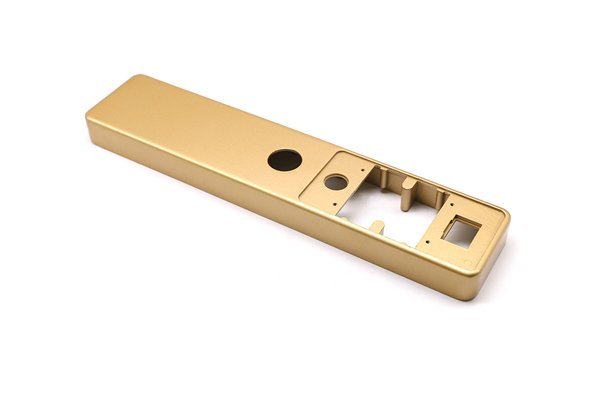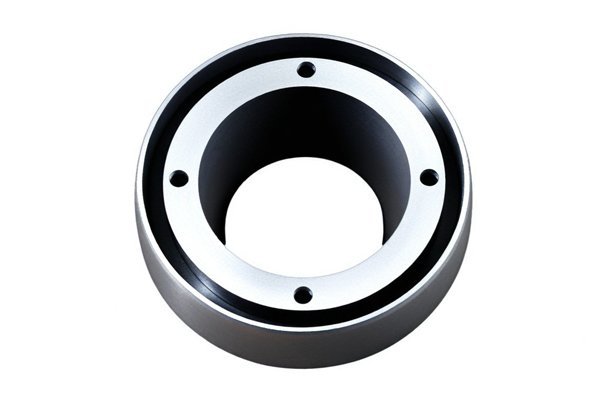Did you know that the global CNC machining market is expected to reach approximately $118 billion by 2027, growing at a CAGR of about 6% from 2020? This staggering figure emphasizes not only the popularity of CNC (Computer Numerical Control) machining but also the growing demand for efficiency and customization among manufacturers. In an increasingly competitive market, CNC machining plants must streamline operations to ensure rapid responses and timely processing of customer needs. But how can they effectively achieve this?
In this blog article, we will explore various strategies and techniques CNC machining plants can employ to enhance their responsiveness while maintaining high-quality output. From flexibly managing production schedules to implementing advanced technologies, we’ll delve deep into actionable solutions tailor-made for machining facilities striving for operational excellence.
1.1 What is CNC Machining?
CNC machining is a manufacturing process that uses computer-controlled machines to create parts and components from various materials, including metals, plastics, and composites. By automating the machining process, CNC technology allows for high precision and consistency, enabling manufacturers to produce intricate designs that would be difficult or impossible to achieve manually.
1.2 The Importance of Customer Needs
In the world of CNC machining, understanding customer needs is paramount. Customers seek not only quality parts but also quick turnaround times and flexibility in design modifications. Modern customers expect rapid responsiveness to their requests and quick adjustments to orders, which can significantly influence their overall satisfaction. Therefore, CNC machining plants must focus on strategies to meet these expectations effectively.
2.1 Streamlined Workflow
Creating an efficient workflow is the backbone of rapid response in CNC machining. This can be accomplished through:
2.2 Flexible Scheduling
Implementing flexible production scheduling can have a significant impact on timely processing. Considerations include:
2.3 Batch Processing
Batch processing can help achieve efficiency. Here’s how to implement it effectively:
3.1 Advanced CNC Machines
Investing in the latest CNC technology can drastically improve response times and processing speeds. Features such as:
3.2 Internet of Things (IoT) Integration
Implementing IoT solutions can optimize machine efficiency and reduce downtimes. Some possible implementations include:
3.3 CAD/CAM Integration
Integrating CAD (Computer-Aided Design) and CAM (Computer-Aided Manufacturing) software facilitates a smoother transition from design to production. Benefits include:
4.1 Internal Communication
Enhancing communication within the machining facility can improve responsiveness:

4.2 Customer Engagement
Engaging directly with customers helps tailor services to their needs:
5.1 Real-time Quality Monitoring
Incorporating quality assurance throughout the production process is pivotal. Includes:
5.2 Continuous Improvement
Promote a culture of continuous improvement through:
6.1 Efficient Inventory Management
Proper inventory management ensures raw materials are always available when needed:
6.2 Strategic Partnerships
Consider strategic partnerships with logistic companies to streamline supply chain processes. This approach can help CNC machining plants:
7.1 Shifting the Mindset
CNC machining plants should focus on creating a culture centered around customer satisfaction:
7.2 Adaptability to Changing Needs
To remain competitive, plants must adapt their services based on changing customer preferences:
In conclusion, ensuring rapid response and timely processing of customer needs in CNC machining plants is multifaceted, involving a combination of optimized production processes, leveraging advanced technologies, effective communication, robust quality assurance measures, and a customer-centric culture. By implementing the mentioned strategies, CNC machining facilities can significantly improve their operational efficiency, satisfy customer expectations, and boost their overall competitiveness in the market.
As you implement these methods, remember that staying responsive to customer needs not only fosters loyalty but also positions your business for success in an ever-evolving industrial landscape. Keeping a pulse on industry trends, enhancing communication, and optimizing processes are not merely operational strategies; they are essential pillars that can support a thriving manufacturing enterprise in today’s fast-paced environment. Now is the time to reflect on these techniques and consider how they can be tailored for your own CNC machining operations.






